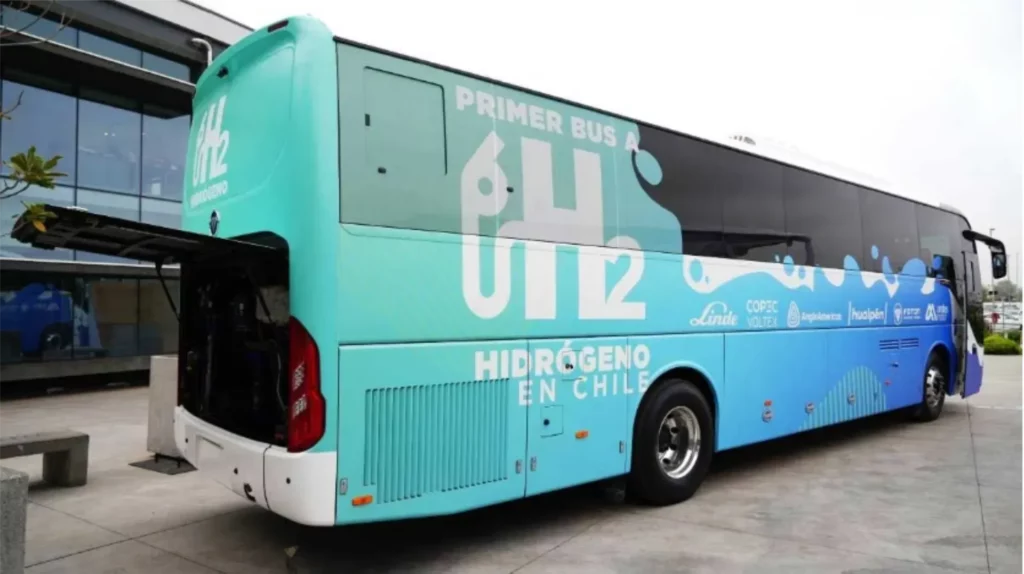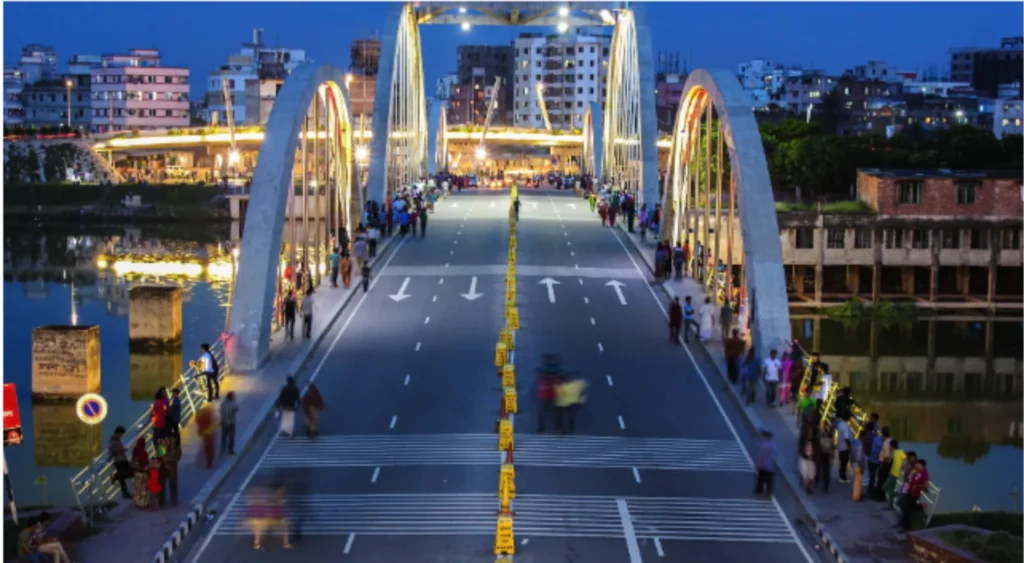Martin Asurza, President and founder of “Asurza Engineers Ltd.”, is a professional engineer in Ontario, Canada. As a transportation engineering professional, Martin possesses a profound understanding of the transportation/traffic engineering concepts, practices and standards. Thanks to his extensive experience, Martin has been qualified by the Ontario Land Tribunal (OLT) and has participated as witness to provide expert opinion evidence on matters related to transportation and traffic engineering.
What type of study is required for your project, a traffic brief or traffic impact study?
I have noticed that some authority agencies face difficulties when deciding whether a full traffic impact study report or a traffic brief is necessary for a proposed site development, including expansions. Naturally, it may seem safer to request a traffic impact study report, but what if it’s not actually required?
Municipalities may have their own thresholds, but sometimes there is a lack of guidance regarding these thresholds in the municipal documentation. As a result, it creates the impression that the decision is arbitrarily made by the authority agency. The absence of clear thresholds can lead to disagreements between the proponent and the authority agency.
In reality, not every development requires a traffic impact study, as certain developments are unlikely to generate significant traffic. It is essential for municipalities to establish thresholds based on local needs, and these thresholds may vary between agencies. However, there are some guidelines that can be taken into account.
One such guideline is provided in the “Transportation Impact Analyses for Site Development,” a publication by ITE (Institute of Transportation Engineers). It offers baseline guidelines to assist in determining the necessity of a traffic impact analysis. For example, if the proposed development is expected to generate an additional 100 vehicles per hour, it could lead to issues if not properly addressed. Nevertheless, it should be noted that the 100 vehicles per hour threshold is not always strict, as many jurisdictions in densely populated areas tend to use lower thresholds to initiate a transportation impact analysis.
When a development is anticipated to generate fewer trips than the established threshold, an analysis of localized issues may be necessary, and this can be reported in a traffic brief instead of a full traffic impact study. The identified issues may include:
1. Existing high traffic volumes on adjacent roads that could impact access to and from the development.
2. High accident rates on the adjacent road(s) or intersection(s).
3. Inadequate sight distance at access points.
4. Lack of existing left turn lanes on the adjacent road at the proposed access point.
5. Any other specific problem or deficiency that may be influenced by the proposed development.
If no other issues are identified, a traffic brief may be sufficient to confirm that the proposed development does not generate enough traffic to exceed the threshold.
As transportation/traffic engineers, we are capable of assisting in scoping the work, as not every proposed development or expansion necessitates a full traffic impact study. However, it is important for authority agencies to have clear thresholds available to ensure compliance with the requirements.
Asurza Engineers Ltd. – www.asurza.ca – Ontario, Canada.





